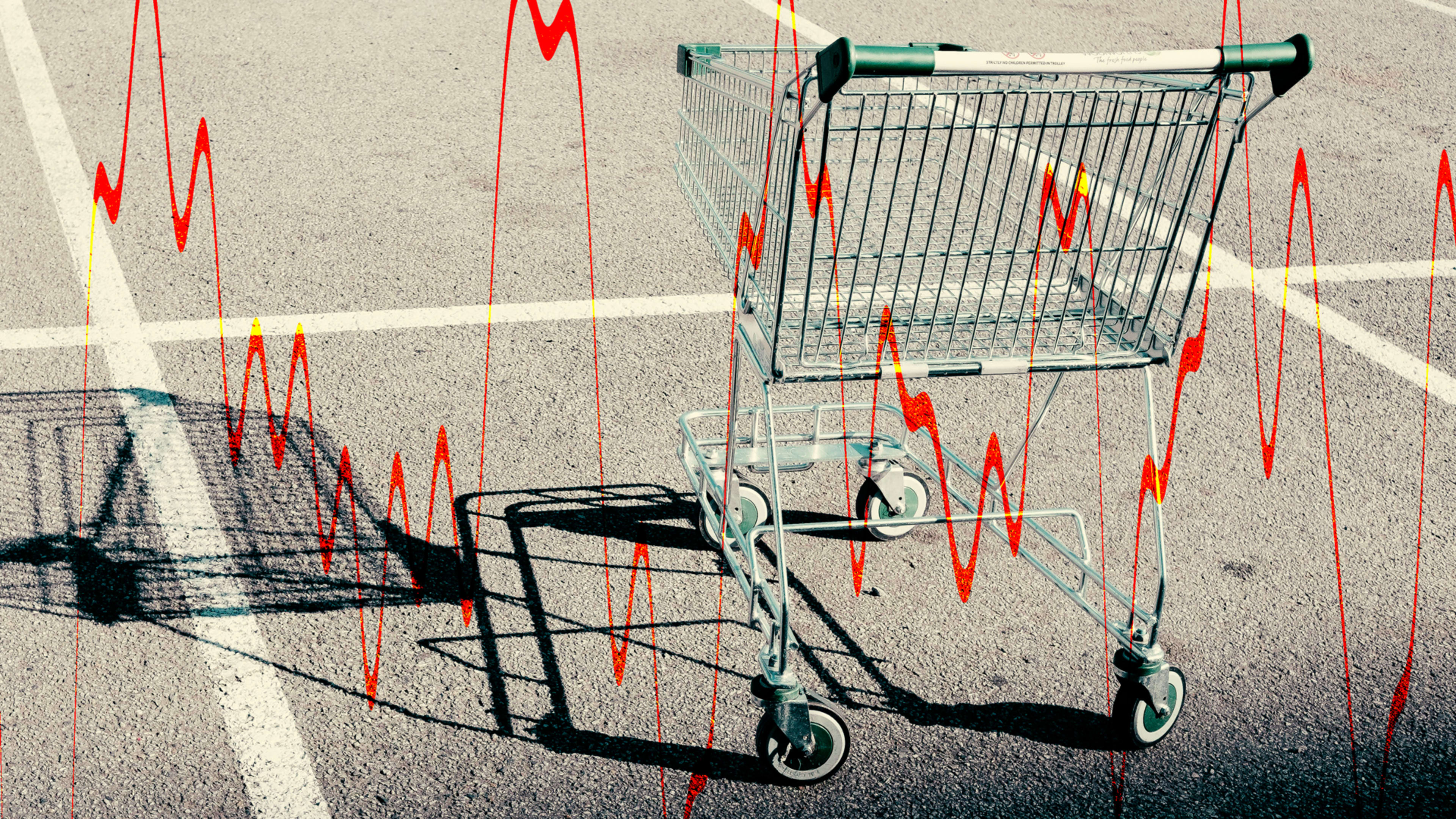Not many people are walking up and down the aisles of their local grocery stores these days, and some of the most popular companies in the United States are taking note. To grab an even larger chunk of Americans’ food dollars, they’re offering up new ways—and improving old methods—of grocery shopping.
COVID-19 plays a key role in the latest skirmish, as people remain fearful of venturing out of their homes to buy things they can just as easily order with their smartphones or computers.
Last month, online grocery sales were an estimated $7.2 billion, the highest ever, according to the consulting firm Brick Meets Click. That’s up more than 9% over the $6.6 billion in May. The research also found that the number of online orders itself grew—85 million in June versus 73.5 million May—as did the number of customers: 45.6 million and 43 million, respectively.
Compare those figures to the August 2019 data—$1.2 billion in sales for 16.1 million orders and 16.1 million customers.
Whether you already order your food online or are thinking about starting to, here are three of the newest developments in the grocery space you should know about:
Walmart
This month, the retailer is expected to launch Walmart+, a subscription service that will go head to head with Amazon Prime, according to Recode. The $98-per-year plan will include the delivery of fresh groceries, the ability to reserve delivery slots, and open-slot notifications.
The discount big-box chain currently offers Delivery Unlimited and Express Delivery for food.
Target
Ordering food online from Target is nothing new, but the Minneapolis-based company now lets you add fresh and frozen foods at more than 400 stores in Midwest with plans to roll it out at 1,500-plus stores across the country before the holidays. It’s part of Target’s Order Pickup and Drive Up services.
Target tested letting customers buy items, like produce, dairy, baked goods, and meat, in the Twin Cities and Kansas City markets this spring.
Uber
The ride-hailing platform, which went from driving people around to dropping off restaurant orders, is getting into groceries, too. The company is starting grocery delivery in Miami and Dallas this month and has already launched the same option in certain cities in Canada and Latin America. It’s happening through Cornershop, in which Uber acquired a majority stake in October. (The company announced last week that it’s acquiring Postmates for $2.65 billion in an all-stock transaction.) Uber said it had been running tests with grocery and convenience stores and saw orders skyrocket 197% since March.
“Over the last six months, it’s become increasingly clear that grocery delivery is not only popular, but often a necessity. We expect to see this trend continue as people across the world look for new ways to save time and stay safe,” the company said in a written statement.
Recognize your brand’s excellence by applying to this year’s Brands That Matter Awards before the early-rate deadline, May 3.
